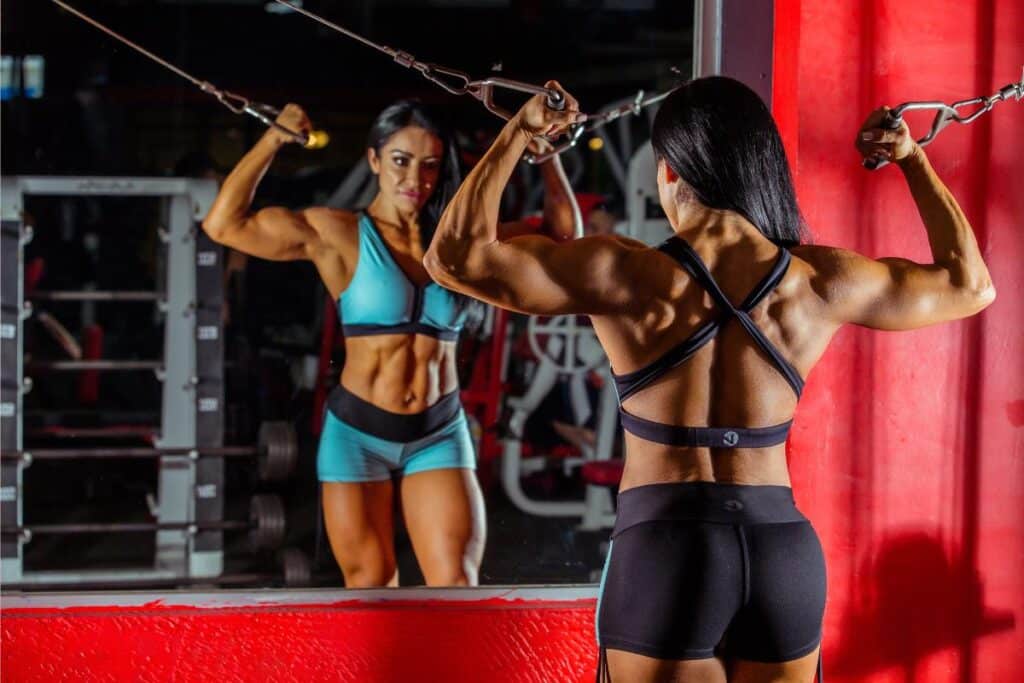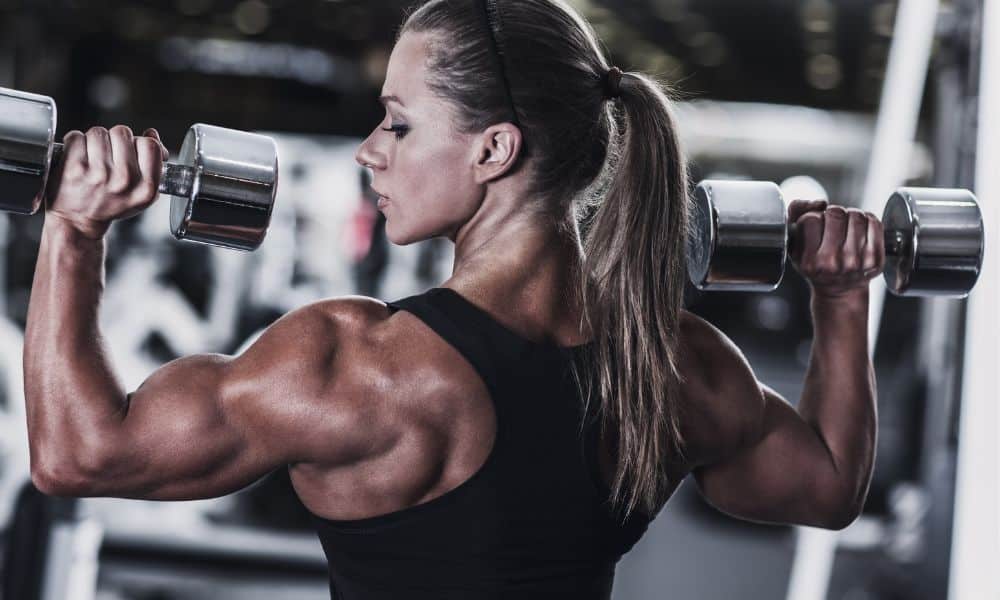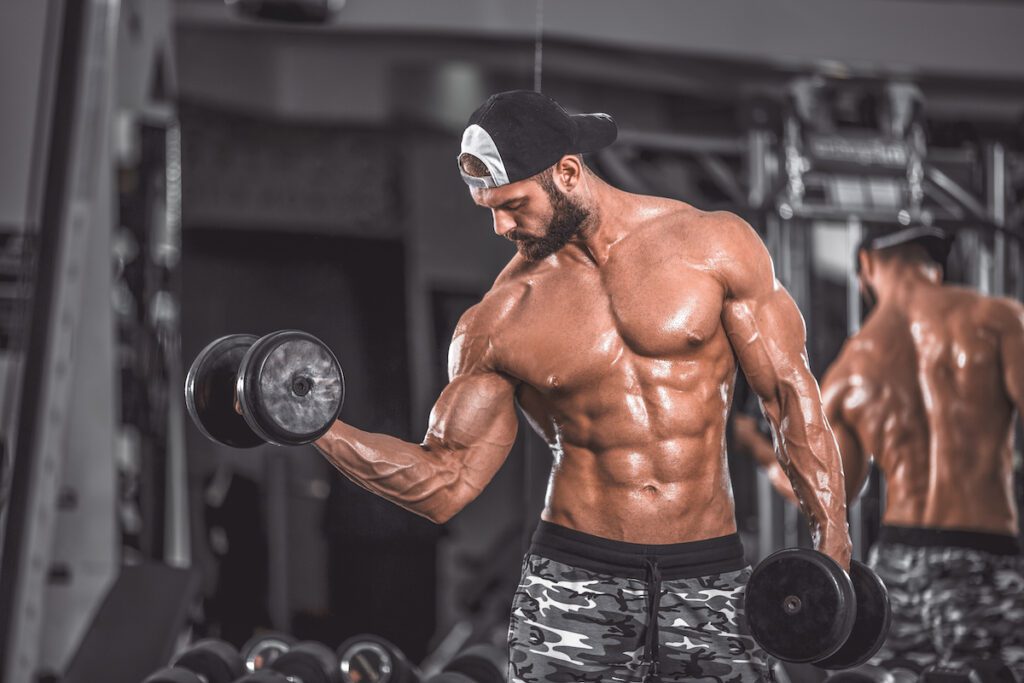When building muscle, the intricate machinery within our bodies orchestrates a symphony of biochemical processes. At the heart of this process lies myosin protein – a fundamental player in muscle contraction. Understanding how myosin protein works and its role in resistance training can provide valuable insights into optimizing muscle growth. This article delves into myosin protein and its partnership with resistance training to sculpt a more muscular, more robust physique.
Unveiling the Role of Myosin Protein:
Myosin is a critical protein found abundantly in muscle fibers. Its primary role is facilitating muscle contraction by interacting with another protein called actin. This interaction involves a cyclic process of binding, pulling, and releasing, which results in the contraction and relaxation of muscle fibers – the foundation of all physical movement.
Myosin molecules are organized into thick filaments in muscle cells. When a muscle is stimulated to contract, these thick filaments, made up of myosin heads, grab onto the thin filaments of actin, forming cross-bridges. Through a series of biochemical reactions fueled by adenosine triphosphate (ATP), myosin heads undergo a conformational change, pulling the actin filaments closer together. This process generates force and shortens the muscle fiber, resulting in muscle contraction.
Myosin Protein and Resistance Training:
Resistance training, whether through weight lifting, bodyweight exercises, or resistance bands, places mechanical stress on the muscles. This stress triggers a cascade of events that ultimately leads to muscle growth. The involvement of myosin protein in this process is pivotal.
During resistance training, the tension created by lifting weights or applying resistance prompts the recruitment of muscle fibers, including motor units that contain myosin. The repetitive cycles of contraction and relaxation during exercises like squats, bench presses, and pull-ups stimulate myosin to actively engage in muscle contractions actively, thereby enhancing the muscle-building process.
Critical Mechanisms of Myosin-Driven Muscle Growth:
- Muscle Hypertrophy: Resistance training creates microtears in muscle fibers, signaling the body to repair and rebuild them. Myosin is crucial in improving damaged muscle fibers, leading to muscle hypertrophy – the enlargement of muscle cells.
- Motor Unit Recruitment: As you progressively increase the intensity of your workouts, more motor units are recruited. Myosin is central to this process, as it binds with actin to generate forceful muscle contractions required to lift heavier weights.
- Muscle Fiber Types: Myosin also contributes to determining muscle fiber types. Adapted for endurance activities, slow-twitch fibers contain different myosin variants than fast-twitch fibers, better suited for explosive movements. Targeting both fiber types through training can lead to balanced muscle development.
Strategies for Maximizing Myosin-Driven Muscle Growth:
- Progressive Overload: Gradually increasing the resistance over time challenges muscle fibers, promoting myosin-driven adaptation and growth.
- Compound Exercises: Incorporate compound movements that engage multiple muscle groups simultaneously. These exercises demand the coordinated effort of various motor units, maximizing myosin’s role in muscle contraction.
- Varied Rep Ranges: Altering rep ranges allows you to stimulate different motor units, encouraging myosin protein’s involvement in both strength and hypertrophy.
- Nutrition and Recovery: Adequate protein intake and proper rest are essential for supplying the building blocks necessary for myosin protein synthesis and muscle repair.
Conclusion:
Myosin protein is the unsung hero behind the scenes of muscle contraction and growth. By understanding its pivotal role and partnering it with effective resistance training strategies, you can harness its power to sculpt a more robust and muscular physique. Remember, consistency, progression, and a comprehensive approach that integrates proper nutrition and recovery are key to unlocking the full potential of myosin-driven muscle growth.
If you love bodybuilding, share this article on Facebook or Twitter so that others can learn more about building muscle.




